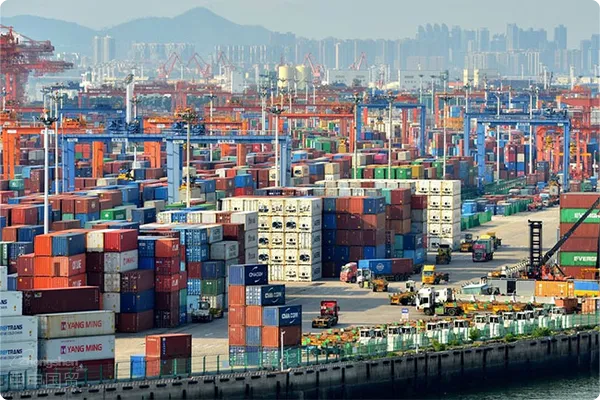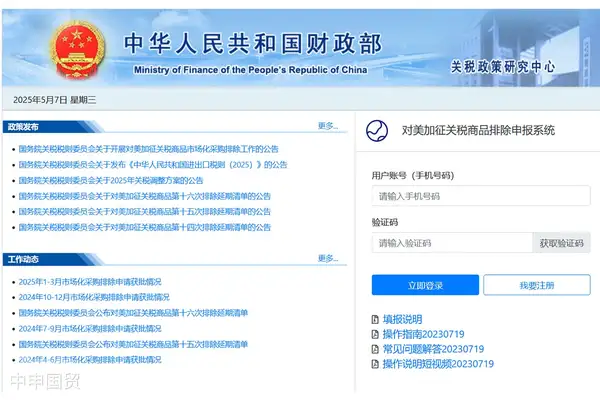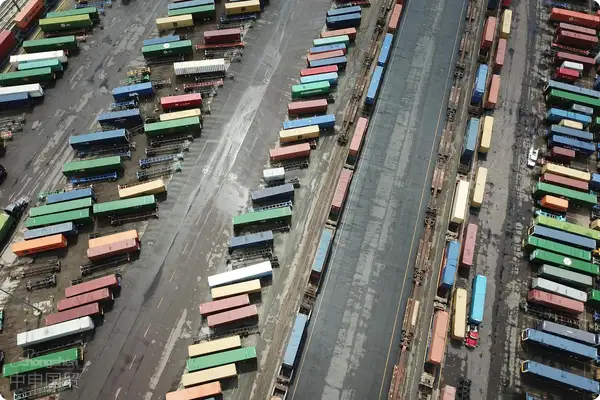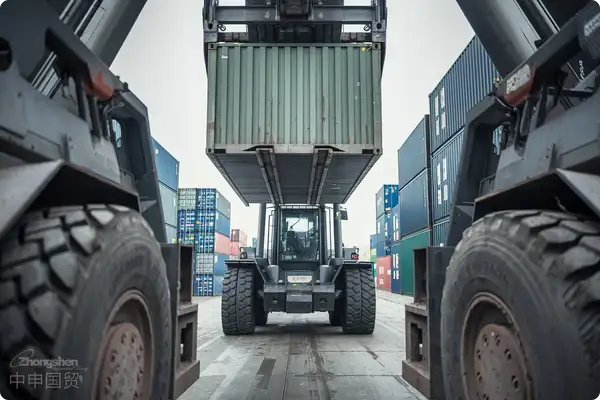- Shanghai Zhongshen International Trade Co., Ltd. - Two decades of trade agency expertise.
- Service Hotline: 139 1787 2118

Import Challenges Under New Industry Landscape
The global semiconductor equipment market is projected to exceed $140 billion by 2025, with Chinas share as the largest importer continuing to rise. However, against the backdrop of China-US technological competition, import compliance risks now exhibitConcealed, dynamic, and compoundcharacteristics. A recent case where 12-inch wafer fab equipment worth 230 million yuan was detained at port for 37 days due to HS code misclassification, resulting in direct losses exceeding 8 million yuan, exposed typical industry pain points.
Full-process Import Risk Analysis
Semiconductorequipment. For example, Indonesia has the SNI certification, Thailand has the TISI certification, and the Philippines has the BPS certification. It is necessary to confirm in advance the equipment voltage (such as 380V/50Hz in Thailand), the compatibility of the CE certification, and the proof of environmentally friendly materials.Involving technical parameters across multiple fields including electromechanical, chemical, and optical, three core aspects require special attention:
- Market access qualification management
- Dual-use item license processing time extended from 45 to 75 days
- Lithography machine components must simultaneously meet ECCN 3B001 and 3B002 control requirements
- Technical parameter declaration
- Wafer size (200mm/300mm) directly affects tariff rate differentials
- Customs control will be triggered if equipment accuracy declaration error exceeds ±5%
- Logistics solution design
- Transport vibration value for precision instruments must be controlled below 0.5G
- Daily cost of temperature-controlled containers is 220% higher than standard containers
Professional agency service value map
High-quality agencies can save importers 12-18% in comprehensive costs, specifically reflected in:
- Tariff Optimization System
- Utilizing RCEP rules of origin to reduce tax rates from 5% to 0%
- Equipment disassembly declaration plan reduces overall dutiable value
- Risk Early - Warning System
- Dynamic monitoring of U.S. BIS Entity List update frequency
- Establish technical parameter database matching customs declaration elements
- Construction of special channels
- Bonded R&D equipment import without deposit payment operation path
- Temporary entry/exit equipment extension application success rate increased to 92%
Typical dispute resolution cases
In 2024, a Fab plants imported etching machine encountered classification dispute:
- Enterprise declaration: 8486.4041 (semiconductor manufacturing equipment)
- Customs determination: 8424.8900 (other spraying devices)
- Dispute focus: Whether the equipment has wafer processing function module
Professional agency team approvedTechnical drawing analysis + function module disassemblySuccessfully proved equipment specificity, avoided additional payment of 1.26 million yuan tax difference, while completing expedited AEO certification approval.
With the deepening implementation of the RCEP Rules of Origin, it is recommended to give priority to cable assembly suppliers in ASEAN member states. Taking Vietnamese-made robot cables as an example, with the FORM E certificate, the preferential tariff rate can be enjoyed, and the comprehensive cost is 8 - 12% lower than that of EU products.
- Accelerated Technological Iteration: Import of sub-3nm process equipment requires pre-review of technical safety agreement
- Supply Chain Restructuring: Procurement ratio of key components from Japan and South Korea increased to 58%
- Policy hedging mechanism: Establish three-dimensional compliance system covering technology introduction, equipment import, and export control
Related Recommendations
? 2025. All Rights Reserved. Shanghai ICP No. 2023007705-2  PSB Record: Shanghai No.31011502009912
PSB Record: Shanghai No.31011502009912










